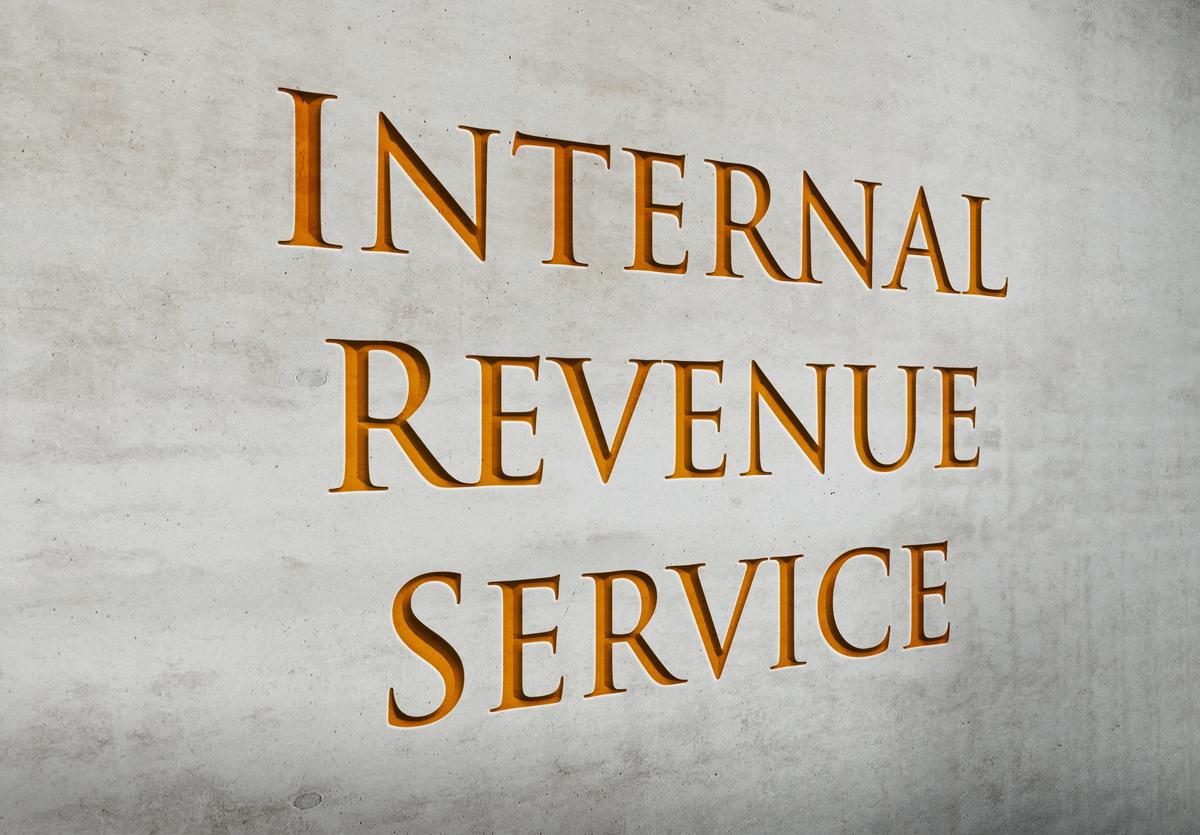Finding a PIG in a Poke
With the end of the year rapidly approaching, wealthy investors may be looking to “get dirty.” Specifically, they may want to invest in a PIG—the acronym for Passive Income Generator—to absorb suspended losses from other passive activities. This year-end strategy is a twist on techniques that investors often used in days of yore.
Background: Back in 1986, Congress clamped down on classic tax shelter deals, like investments in cattle breeding or oil and gas, designed to throw off losses in the early year of ownership. Under the “passive activity loss” (PAL) rules, an investor can generally only use losses from passive activities to offset income from other passive activities received during the year. Any excess loss is suspended indefinitely.
A “passive activity” is defined as any kind of trade or business in which you do not “materially participate,” although there are a number of special rules. For example, a rental real estate activity is automatically treated as a passive activity unless your level of participation qualifies you as a real estate professional. However, if you actively participate in the rental activity— you do much more than just rubber-stamp tenants— you may be entitled to an offset of up to $25,000 of losses. This offset is phased out for an AGI between $100,000 and $150,000.
Otherwise, other investments where you sit on the sidelines are treated as passive activities, unless you manage meet one of these “material participation tests” established under IRS regulations.
- You participated in the activity for more than 500 hours.
- Your participation was substantially all the participation in the activity of all individuals for the tax year, including the participation of individuals who didn’t own any interest in the activity.
- You participated in the activity for more than 100 hours during the tax year, and you participated at least as much as any other individual (including individuals who did not own any interest in the activity) for the year.
- The activity is a significant participation activity, and you participated in all significant participation activities for more than 500 hours.
- You materially participated in the activity for any five (whether or not consecutive) of the ten immediately preceding tax years.
- The activity is a personal service activity in which you materially participated for any three (whether or not consecutive) preceding tax years.
- Based on all the facts and circumstances, you participated in the activity on a regular, continuous, and substantial basis during the year.
Instead of deals designed to generate losses in the formative years of a limited partnership, a PIG is set up to start churning out income right away. Thus, you can use the PIG output to soak up any losses incurred earlier in the year and any suspended losses. In effect, the income is tax-free up to the total amount of the losses.
Is a PIG right for your situation? It depends on a number of factors. Weigh the pros and cons with your financial and tax advisors.
Thanks for reading CPA Practice Advisor!
Subscribe Already registered? Log In
Need more information? Read the FAQs





